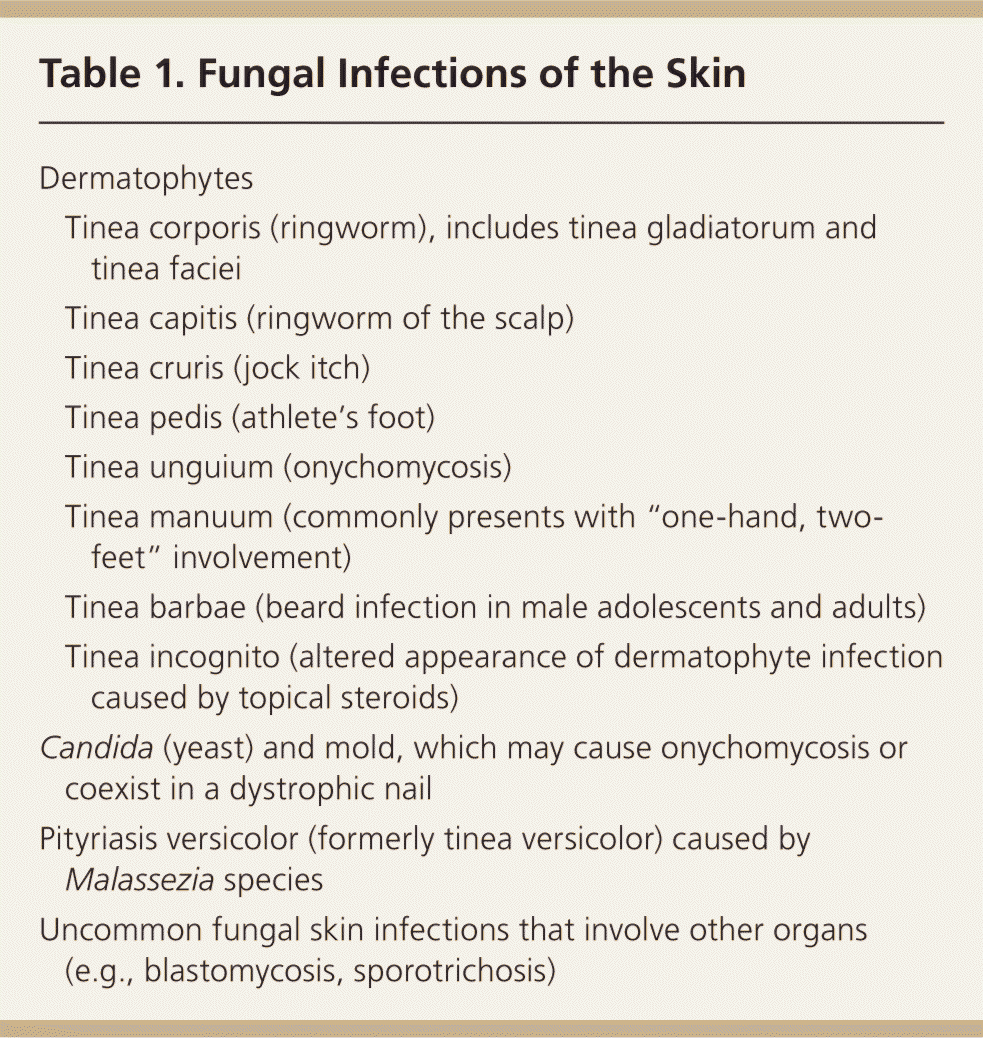Autoimplantation therapy in extensive and recalcitrant dermatophytosis
Caring for our skin is important, especially when it comes to dealing with stubborn dermatophytosis, a common fungal infection. Today, I want to share with you an incredible therapy that has shown promising results in treating extensive and recalcitrant dermatophytosis - Autoimplantation Therapy.
Autoimplantation Therapy: A Revolutionary Approach
In a study published in the Journal of Cutaneous and Aesthetic Dermatology, researchers explored the potential of Autoimplantation Therapy in addressing dermatophytosis, a burden for many individuals around the globe. This therapy involves using the patient's own skin crusts, which are rich in immune cells and antigens, to stimulate an immune response and combat the infection.

Through a series of meticulous steps, the skin crusts are processed and then reintroduced into the patient's body through microscopic incisions. By doing so, the body recognizes the fungal antigens and responds by bolstering its immune defenses against the infection.
Diagnosing and Managing Tinea Infections
An accurate diagnosis is crucial for effective management of tinea infections. These fungal infections, commonly known as ringworm, can affect various parts of the body, including the scalp, body, groin, and feet. The American Academy of Family Physicians has provided comprehensive guidelines to aid healthcare providers in diagnosing and treating these infections.

Proper diagnosis of tinea infections involves careful examination of the affected area, including skin, hair, and nails. Based on the clinical presentation, additional tests such as microscopic examination and fungal cultures may be performed to confirm the presence of the fungus and guide appropriate management.
Recipe for Healthy Skin
While medical treatments such as Autoimplantation Therapy and antifungal medications play a vital role in combating dermatophytosis, it is equally important to adopt a holistic approach to maintain healthy skin. Here's a recipe to nurture your skin and prevent future flare-ups:
Ingredients:
- 1 cup of hydration - Ensure you drink enough water to keep your skin well-hydrated and plump.
- 2 tablespoons of gentle cleansing - Use a mild cleanser to cleanse your skin, avoiding harsh chemicals that may disrupt its natural balance.
- A handful of protection - Apply a broad-spectrum sunscreen with at least SPF 30 before stepping out into the sun, regardless of the season.
- 1 teaspoon of nourishment - Incorporate a nourishing moisturizer into your daily skincare routine to keep your skin soft and supple.
- A pinch of exfoliation - Gently exfoliate your skin once or twice a week to remove dead skin cells and promote healthy skin renewal.
Instructions:
- Mix hydration and gentle cleansing and apply to your skin every morning and evening.
- Topping it off with protection, apply sunscreen generously to all exposed areas of your skin.
- Gently massage the nourishment onto your skin, paying extra attention to dry areas.
- Once a week, sprinkle a pinch of exfoliation onto damp skin and massage in circular motions. Rinse thoroughly.
By following this recipe for healthy skin along with appropriate medical treatments suggested by your healthcare provider, you can minimize the risk of dermatophytosis and maintain radiant skin.
Remember, taking care of your skin is not just about appearance, but also about ensuring your overall well-being. So, let's embrace these practices and strive for healthy and beautiful skin!